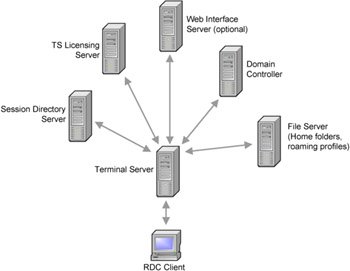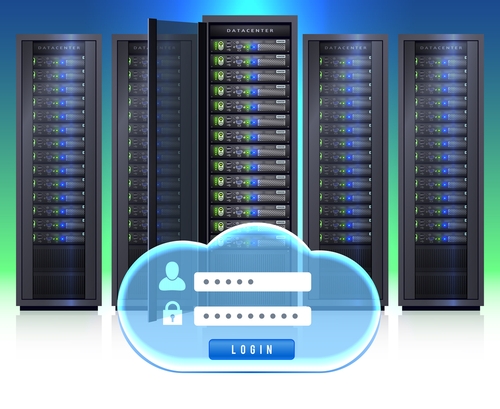

The customer had neglected to mention an important detail in an implementation-planning meeting: Users in the remote offices need access to an accounting application that uses a Microsoft Access database at the central office. However, about a week later, I received a phone call from the customer that changed everything. When the offices operated as expected in the new WAN environment, I imagined that the company's needs would quiet down. Figure 1, page 84, shows the customer's network architecture.Īfter I put the frame relay links in place, I added BDCs to each remote office for local authentication and centralized file and print services.

This configuration uses one Internet contact point to provide the administrators centralized control of Internet access and to reduce configuration hassles. In addition, the remote offices use the central office's proxy server for Internet access with a private IP addressing scheme consistent with the central location. I intended for the new remote office connections to provide access to central-site resources including a Microsoft Exchange Server email system and file and print shares. The solution I deployed included private, 128Kbps frame relay links between the remote offices and the central office, and a 384Kbps link from the central office to the Internet. Each remote office has approximately 10 users, whereas the central office has about 30 users. The client, a structural engineering firm, had recently hired my company to assist with the planning and deployment of a WAN solution to link two satellite offices to its central office. Read on, and I'll tell you the story of how Terminal Server solved the case.

Recently, an opportunity arose when one of my clients got into a jam. Yet, I wondered when I might have an opportunity to test Terminal Server in the real world, and how the product might perform. The new OS's promise to combine the best of WinFrame's multiuser capabilities and NT 4.0's features and interface sounded appealing. When I first heard about Microsoft's deal with Citrix to license Citrix WinFrame and develop Windows NT Server 4.0, Terminal Server Edition, I wondered how this new product might affect life in the NT world. Terminal Server reveals a remote access solution


 0 kommentar(er)
0 kommentar(er)
